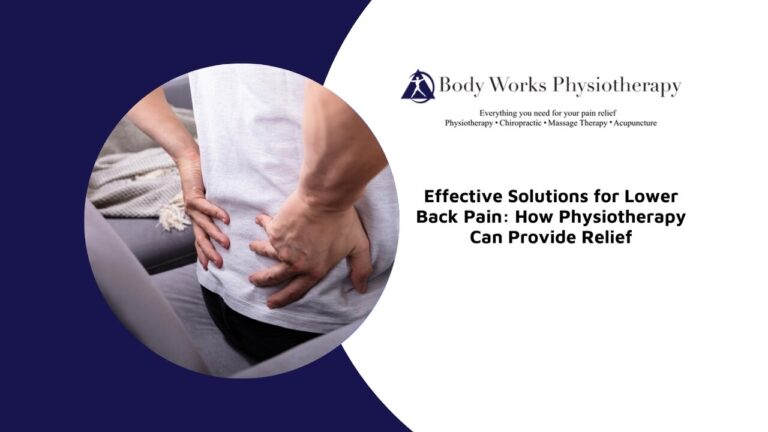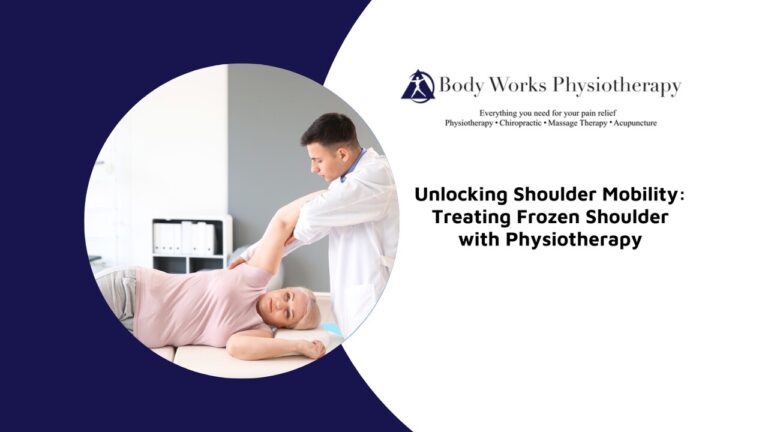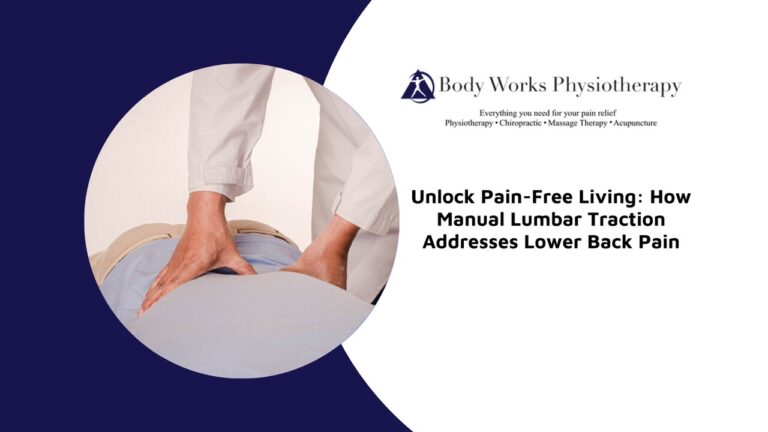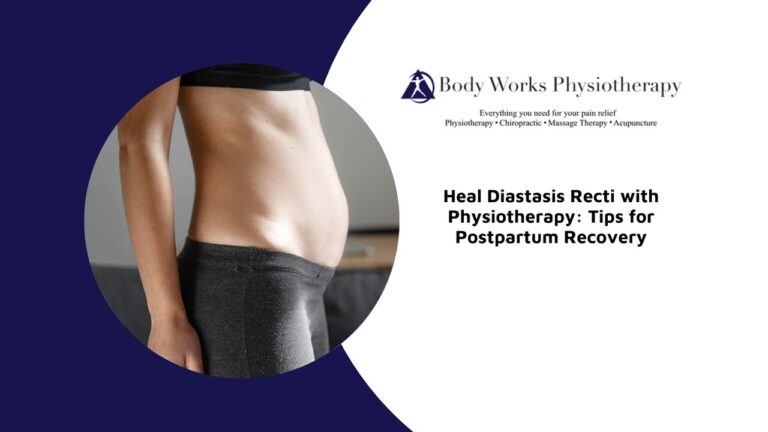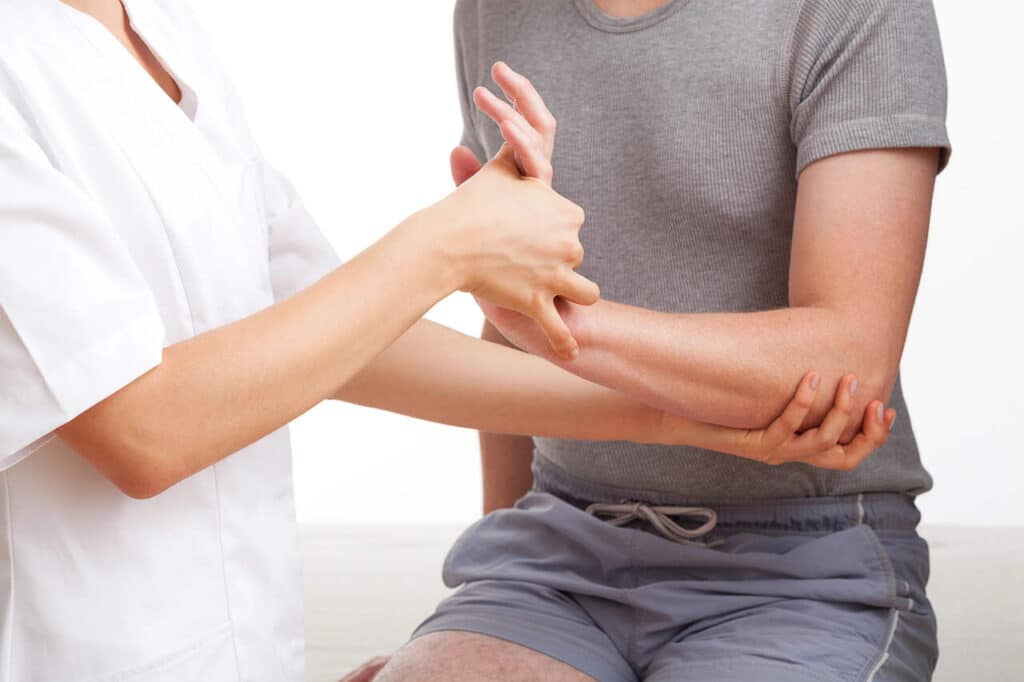
De Quervain’s tenosynovitis is a condition that can significantly impact daily activities due to the pain and discomfort it causes in the wrist and thumb. This condition occurs when the tendons around the base of the thumb become irritated or constricted. Understanding the symptoms and seeking appropriate physiotherapy treatment for De Quervain’s tenosynovitis can help manage this condition effectively and improve overall wrist and thumb function.
De Quervain’s Tenosynovitis: Causes and Symptoms
De Quervain’s tenosynovitis is a painful condition that affects the tendons on the thumb side of the wrist. It occurs when the tendons around the base of the thumb become irritated or constricted.
This irritation often results from repetitive hand or wrist movements, such as lifting a child, playing sports, or engaging in activities that require pinching or gripping. Factors that can aggravate De Quervain’s tenosynovitis include:
- Overuse: Repeated movements of the wrist and thumb, such as typing, texting, or using hand tools, can lead to overuse of the tendons. This constant strain can cause the tendons to become inflamed and swollen, leading to pain and restricted movement.
- Inflammatory Conditions: Conditions like rheumatoid arthritis and other inflammatory diseases can increase the likelihood of developing De Quervain’s tenosynovitis. These conditions cause the body’s immune system to attack its tissues, leading to inflammation in the tendons and surrounding sheath.
- Direct Injury: Trauma or injury to the wrist or thumb can cause inflammation and swelling of the tendons. This can result from accidents, falls, or any direct impact to the area, which can exacerbate the symptoms of De Quervain’s tenosynovitis.
Individuals with De Quervain’s tenosynovitis typically experience pain and swelling near the base of the thumb, on the thumb side of the wrist. This pain can intensify with thumb and wrist movement, particularly when forming a fist, grasping objects, or turning the wrist. Other common symptoms include a sticking or stop-and-go sensation in the thumb during movement, reduced range of motion, and a feeling of weakness in the wrist and forearm.
How Physiotherapy Addresses De Quervain’s Tenosynovitis
The primary objectives of physiotherapy treatment for De Quervain’s tenosynovitis are to reduce pain and inflammation, restore range of motion, and improve tendon function. Physiotherapy aims to strengthen the muscles and tendons in the wrist and forearm, provide pain relief through various techniques, and prevent the condition from recurring. Treatment often includes:
- Manual Therapy: Manual therapy techniques, such as massage and mobilization, can reduce muscle tension, reduce pain and improve blood flow to the affected area. Manual therapy helps to increase circulation to the affected tendons, promoting healing and reducing stiffness in the wrist and thumb.
- Strengthening Exercises: Strengthening exercises for the wrist and forearm help improve tendon resilience and function. These exercises improve the resilience and function of the tendons, helping to support the thumb and wrist during movement. Gradual strengthening can prevent further injury and reduce the likelihood of recurrence.
- Stretching Exercises: Gentle stretching exercises are used to restore the range of motion in the wrist and thumb. These stretches help to improve flexibility and reduce stiffness, ensuring that the joints remain functional and mobile. Regular stretching can also prevent the formation of adhesions that restrict movement.
- Use of Splints: Splints or braces are often recommended to immobilize the thumb and wrist, providing support and reducing strain on the tendons. Immobilization helps to protect the tendons from further irritation and allows them to heal more effectively. Splints are typically used during activities that might exacerbate the condition.
- Pain Relief: Physiotherapists employ a variety of techniques to help relieve the pain of De Quervain’s tenosynovitis. Shockwave therapy is a non-invasive treatment that involves delivering acoustic waves to the affected area to stimulate blood flow and accelerate tissue repair, can be used for De Quervain’s tenosynovitis. Additionally, physiotherapists may recommend the use of anti-inflammatory treatments and corticosteroid injections to reduce inflammation and pain.
Managing and Preventing De Quervain Tenosynovitis
Preventing and managing De Quervain’s tenosynovitis involves adopting habits and making adjustments to reduce the strain on your wrist and thumb. However, it’s important to note that some individuals may have a genetic predisposition to this condition, making it more challenging to avoid. That said, following these practical tips can help reduce the risk and manage the symptoms effectively.
- Avoid Repetitive Motions: Repetitive hand and wrist movements are a common cause of De Quervain’s tenosynovitis. Try to limit activities that involve repetitive pinching, gripping, or twisting motions. If your work or hobbies require these actions, take frequent breaks to rest your hands and wrists.
- Use Proper Ergonomics: Ensure that your workstation is ergonomically designed to reduce strain on your wrists. Position your computer and keyboard so that your wrists are in a neutral position, and use ergonomic tools and equipment to minimize stress on your thumb and wrist.
- Strengthen and Stretch: Regularly performing exercises that strengthen and stretch the muscles and tendons in your hands, wrists, and forearms can help prevent injury. Include a mix of strengthening and flexibility exercises in your routine to maintain the health of your tendons.
- Use Supportive Devices: When engaging in activities that could stress your wrists and thumbs, consider using supportive devices such as wrist braces or splints. These devices can help stabilize your joints and tendons, providing extra support and reducing the risk of irritation and inflammation.
- Apply Proper Techniques: If you play sports or engage in activities that require repetitive hand movements, learn and apply proper techniques to minimize strain. For example, if you play tennis, ensure you are using the correct grip and stroke mechanics to reduce stress on your wrist and thumb.
- Take Regular Breaks: Incorporate regular breaks into your routine, especially if you are performing tasks that involve repetitive hand and wrist movements. Taking short breaks to rest and stretch your hands and wrists can prevent overuse and reduce the risk of developing De Quervain’s tenosynovitis.
- Be Mindful of Early Symptoms: Pay attention to any early signs of discomfort or pain in your thumb or wrist. Addressing symptoms early can prevent them from worsening. If you notice pain or swelling, reduce the activity causing the strain and seek professional advice if necessary.
Let Us Hold Your Hand Through Recovery
Managing De Quervain’s tenosynovitis requires a comprehensive approach that includes effective physiotherapy and lifestyle modifications. At Body Works Physiotherapy in Scarborough, our clinic specializes in treating De Quervain’s tenosynovitis and we’re here to help you return to your regular activities, from writing, typing, cooking and more! If you are experiencing symptoms of De Quervain’s tenosynovitis, don’t wait for the pain to worsen. Contact us today to schedule an assessment and start your journey towards recovery.

